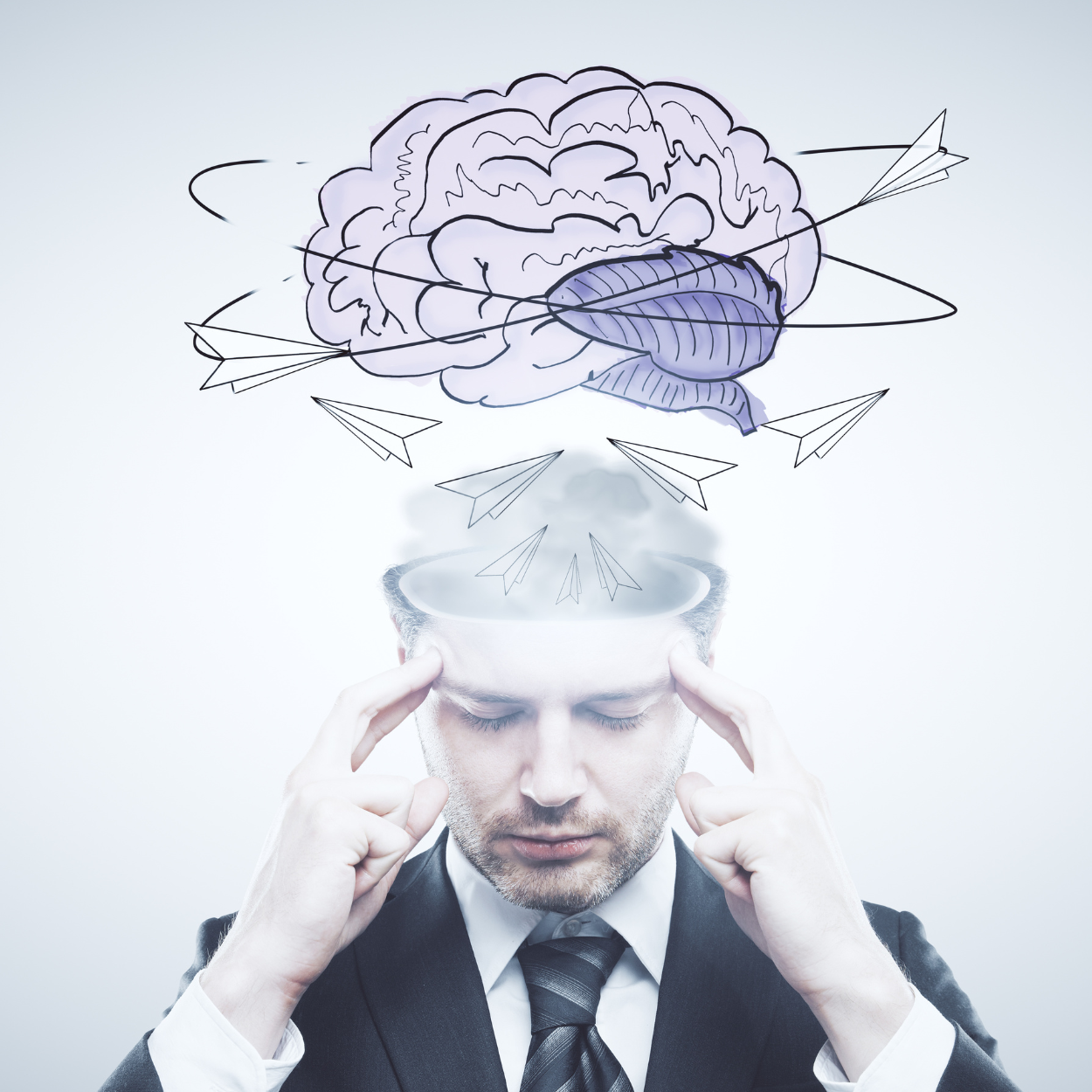Unveiling The Brain's Secrets: How We Process Social Relationships

Understanding social dynamics is a crucial part of human interaction. Yet, the brain mechanisms involved in processing complex social relationships have remained largely elusive. Recent research is now shedding light on this mysterious aspect of neuroscience.
A team of scientists utilized functional magnetic resonance imaging (fMRI) to explore how people perceive social relationships while watching movie clips. The study unearthed two main dimensions that the brain focuses on to recognize social relationships: Amity–Hostility and Restrained Amity–Suppressive Hostility.
The first dimension, Amity–Hostility, is processed mainly in the posterior cortical network, particularly around the posterior superior temporal sulcus (pSTS). This area is known for its role in interpreting social cues and understanding others' intentions.
The second dimension, Restrained Amity–Suppressive Hostility, is primarily managed by the anterior cortical network, centered around the ventromedial prefrontal cortex (vmPFC). This brain region is crucial for decision-making and controlling emotional responses.
The findings propose a new framework for understanding how humans perceive social interactions. By identifying these two dimensions and their associated neural systems, the research provides a clearer picture of how the brain processes complex social information.
This research not only deepens our understanding of social cognition but also opens new avenues for studying social disorders. By knowing how these brain areas function differently across individuals, scientists might better grasp conditions like autism or social anxiety.